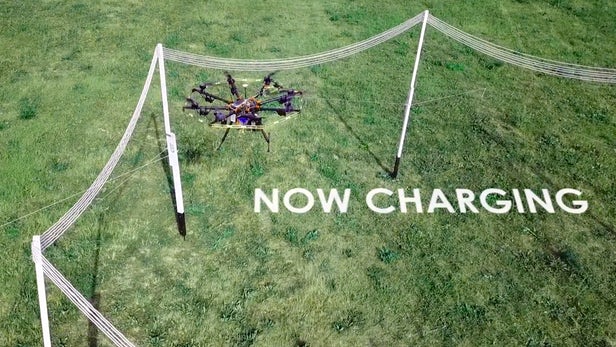
Breaking News
 Visualizing How Much Gold Is Left To Mine On Earth
Visualizing How Much Gold Is Left To Mine On Earth
 US Government Revokes 80,000 Visas
US Government Revokes 80,000 Visas
Top Tech News
 HUGE 32kWh LiFePO4 DIY Battery w/ 628Ah Cells! 90 Minute Build
HUGE 32kWh LiFePO4 DIY Battery w/ 628Ah Cells! 90 Minute Build
 What Has Bitcoin Become 17 Years After Satoshi Nakamoto Published The Whitepaper?
What Has Bitcoin Become 17 Years After Satoshi Nakamoto Published The Whitepaper?
 Japan just injected artificial blood into a human. No blood type needed. No refrigeration.
Japan just injected artificial blood into a human. No blood type needed. No refrigeration.
 The 6 Best LLM Tools To Run Models Locally
The 6 Best LLM Tools To Run Models Locally
 Testing My First Sodium-Ion Solar Battery
Testing My First Sodium-Ion Solar Battery
 A man once paralyzed from the waist down now stands on his own, not with machines or wires,...
A man once paralyzed from the waist down now stands on his own, not with machines or wires,...
 Review: Thumb-sized thermal camera turns your phone into a smart tool
Review: Thumb-sized thermal camera turns your phone into a smart tool
 Army To Bring Nuclear Microreactors To Its Bases By 2028
Army To Bring Nuclear Microreactors To Its Bases By 2028
 Nissan Says It's On Track For Solid-State Batteries That Double EV Range By 2028
Nissan Says It's On Track For Solid-State Batteries That Double EV Range By 2028
In-flight charging gives drones unlimited autonomous range

Global Energy Transmission (GET) has pioneered a mid-air inductive recharging system that can charge up several drones at once without requiring them to land. Build enough of these stations, and you can have an army of drones in the air that never need to land.
While companies like BShark explore alternative fuel sources like hydrogen to deliver long-endurance drone flight, GET is concentrating on topping up batteries mid-air.
The GET system appears simple enough: a hexagonal frame of wires on poles roughly 10 m (32 ft) in diameter that looks like a partially constructed gazebo frame. But when an appropriately set up drone flies into it, this frame can transmit up to 12 kilowatts of power at efficiencies around 80 percent – enough to give about 25 minutes' worth of endurance from a six-minute stop.
Multiple drones can charge inside the perimeter together if necessary, and the system is reasonably portable, so it can be set up and moved as required.
GET's vision for long-range autonomous drone missions is to have these charging loops set up several miles from one another, allowing a drone – or a number of drones – to constantly surveil an area, stopping to quickly recharge without needing a human to change a battery, and flying off to the next stop once the battery's full.

 America's 'Ceausescu Moment'
America's 'Ceausescu Moment' The Risk Of AI Isn't Skynet
The Risk Of AI Isn't Skynet Carbon based computers that run on iron
Carbon based computers that run on iron

